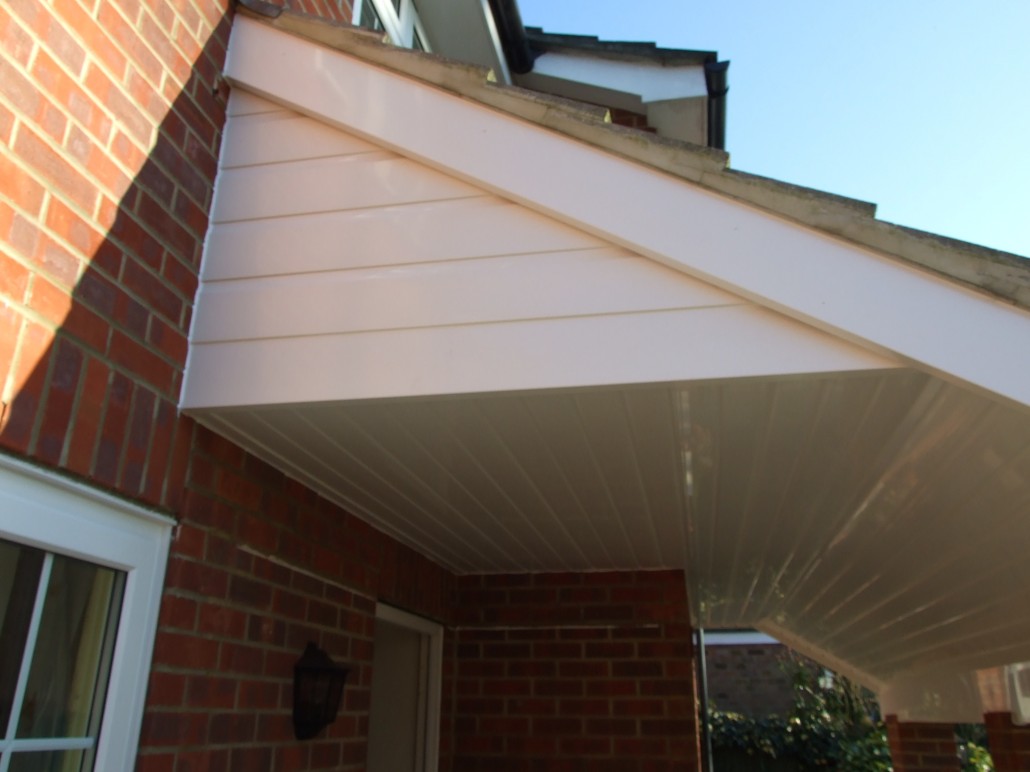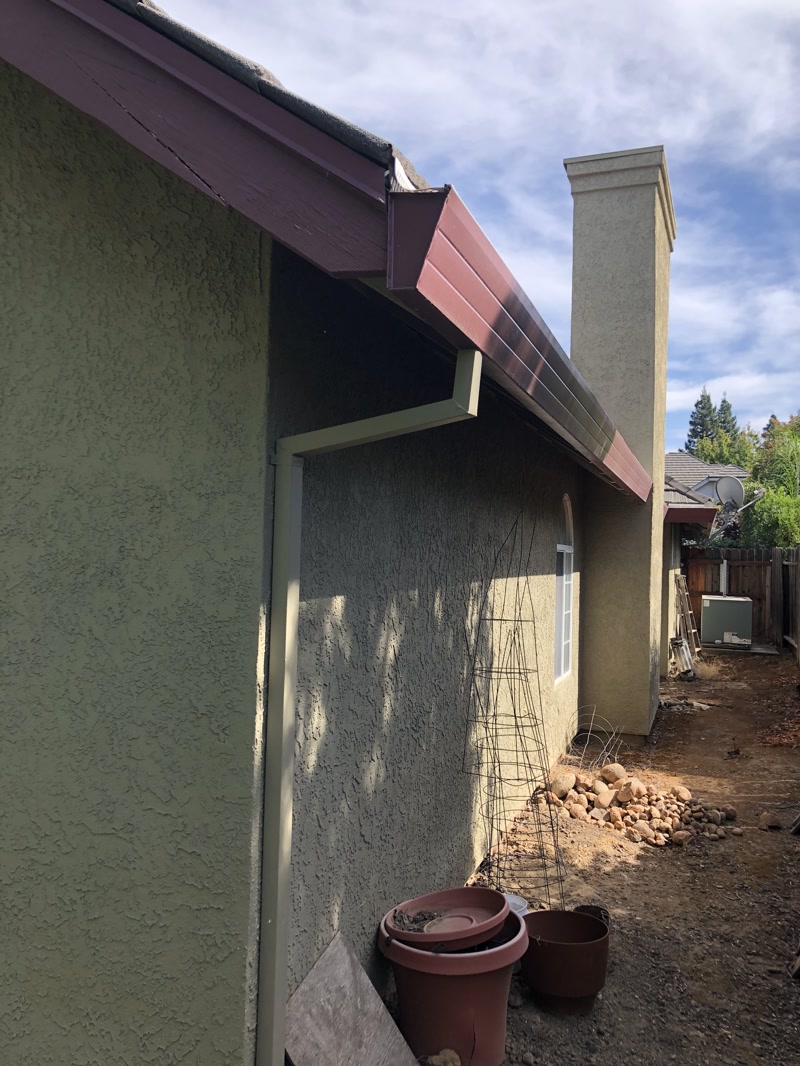

There are many instances where a rafter can – and should – be sistered:

Imagine a splint on a broken arm – that’s the idea of a sistered rafter. Sistering a rafter is highly effective if done properly. The length and type of sistering material can vary for many reasons, but the idea is to reinforce the bad rafter with a new, stronger rafter fastened flush. Sistering this type of rafter would require the use of 2×8 material placed flush against the existing rafter. In new construction, roof rafters are 2×8 or greater. In this article, we are covering sistering a roof rafter. The purpose is to reinforce that framing member in the event of deterioration or failure. The term “sistering” means to attach a similar or identical sized piece of construction material – usually wood, steel, or engineered wood – to an existing framing member in a structure. What Does Sistering Mean In Construction? How Much Does it Cost to Sister Rafters?.Other Options For Sistering Roof Rafters.
BARGE RAFTER HOW TO
How to Sister Roof Rafters: Step by Step.What Does Sistering Mean In Construction?.In this article, we’ll go over all the reasons for sistering a rafter, the methods you can use, and the various materials available to you when it comes time for you to fix your roof framing. You may also consider the use of steel or engineered wood as a sister rafter. You may need to sister the entire length, at which point you’ll need to figure out how to get a 16’ piece of wood – or longer – into your attic. Many varying circumstances may alter how you sister your rafter.
BARGE RAFTER PLUS
Glue the new rafter flush against the existing rafter, then use 16d nails plus a carriage bolt every 16” to affix the sistered rafter. The length of the sistered rafter should extend at least 3’ past the problem area on the existing rafter, on both sides. To sister roof rafters, you should use the same sized lumber as the rafter.
BARGE RAFTER INSTALL
Our solution was to install new rafters next to the old ones, but at the time we weren’t quite sure how to sister roof rafters.

When we went up to the attic, it was clear some of the rafters were in rough shape. A soffit is also often installed between the ceiling and the top of wall cabinets in a kitchen, set at a 90 degree angle to the horizontal soffit which projects out from the wall.A while back, a relative of mine called me about a roof issue he was having – his roof was sagging and he thought he needed to fix some of his roof rafters. The finished surface below the fascia and rafters is called the soffit or eave. Specifically, used to describe the horizontal “fascia board” which caps the end of rafters outside a building, which can be used to hold the rain gutter. The word is pronounced with the “long- a” sound, /ˈfeɪʃə/]( ), rhyming with the Japanese word geisha. From the Latin word, meaning “band” or “ doorframe” in architecture. Bargeboards are sometimes moulded only or carved, but as a rule the lower edges were cusped and had tracery in the spandrels besides being otherwise elaborated.įascia is a term which generally describes any horizontal surface which spans across the top of columns or across the top of a wall ]( ). Barge Board sometimes called verge board.īargeboard (probably from Medieval Latin bargus, or barcus, a scaffold, and not from the now obsolete synonym vergeboard) is a board fastened to the projecting gables of a roof to give them strength and to mask, hide and protect the otherwise exposed end of the horizontal timbers or purlins of the roof to which they were attached.


 0 kommentar(er)
0 kommentar(er)
